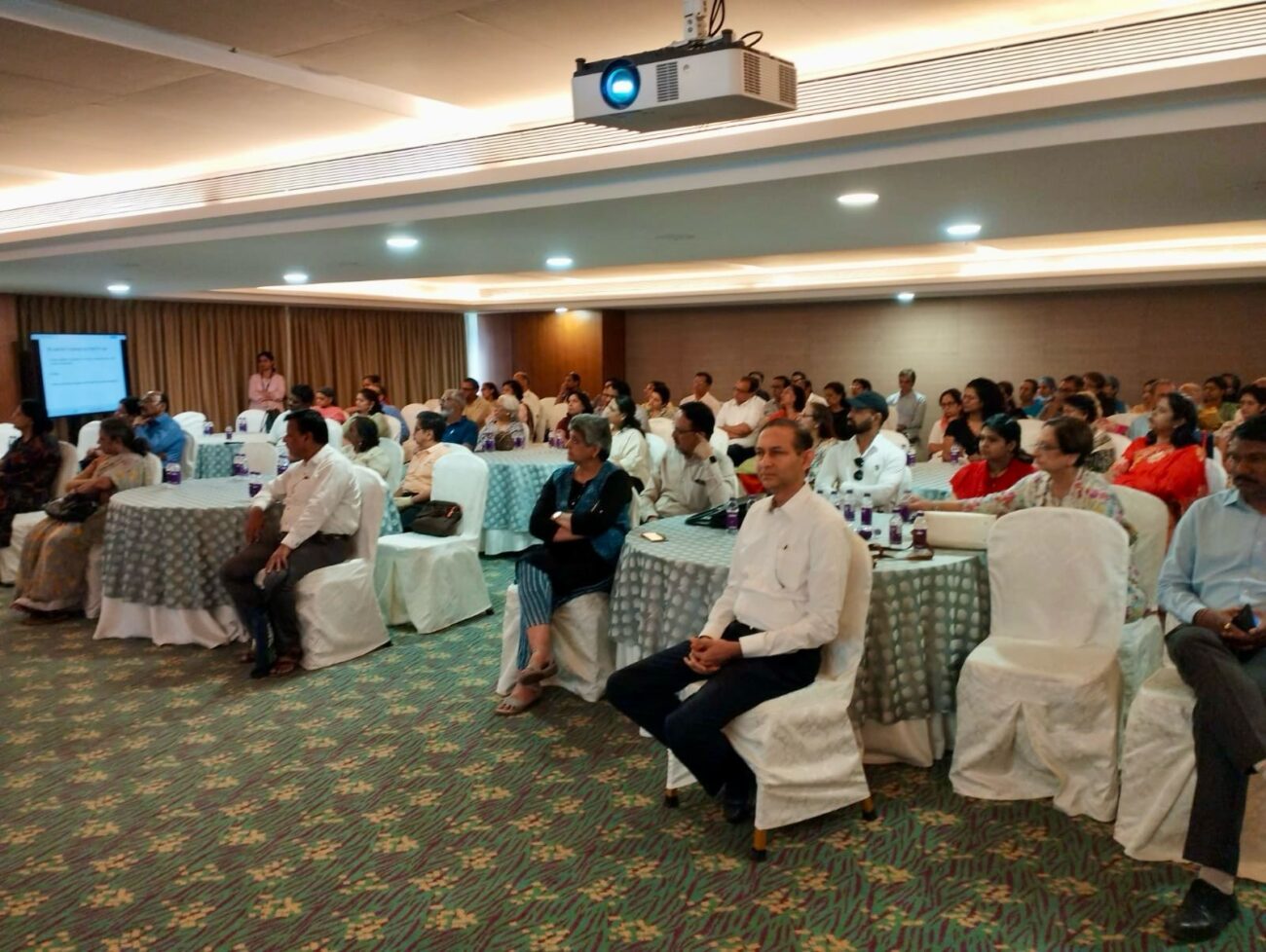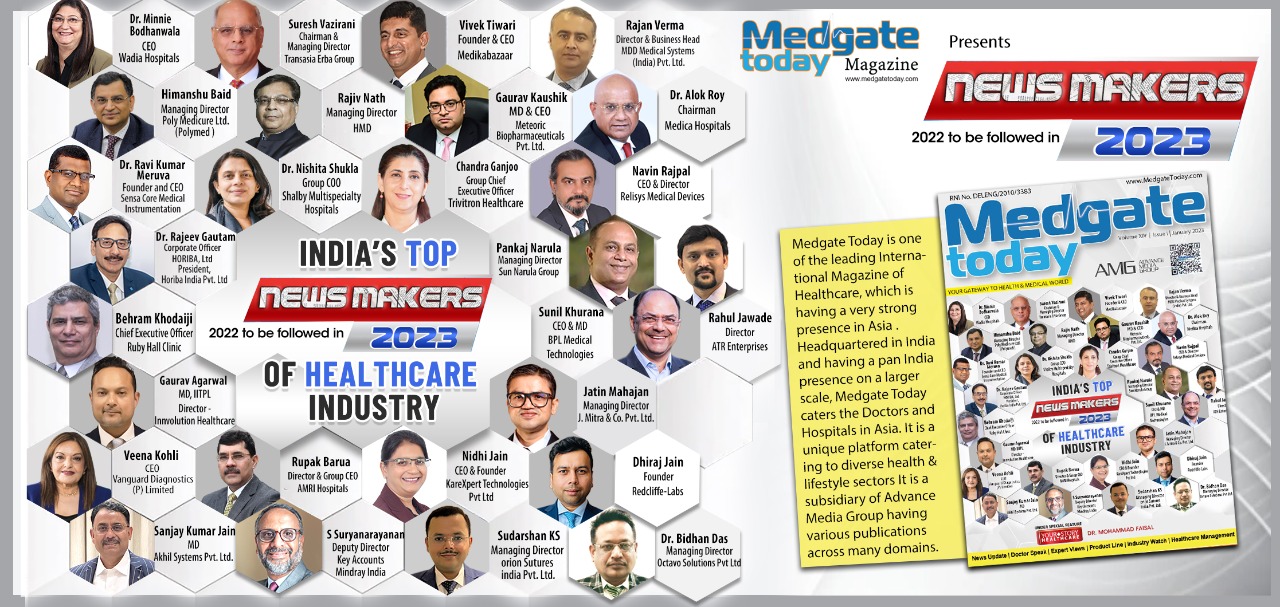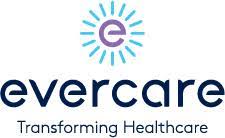IoMT: A Game Changer in Healthcare in 2020
Amit U Jain With a cluster of Cloud Computing, Big Data, wearable devices, portable devices etc., IoMT is making healthcare move towards an integrated healthcare delivery system that leverages technology, while being patient-centric. It surely is
Amit U Jain
With a cluster of Cloud Computing, Big Data, wearable devices, portable devices etc., IoMT is making healthcare move towards an integrated healthcare delivery system that leverages technology, while being patient-centric. It surely is going to be a Game Changer in Healthcare in 2020
Introduction
Internet of Things (IoT) is the network of physical devices, vehicles, office and home appliances and other items embedded with electronics, chips, software, sensors, and connectivity with Internet, which enables these objects to connect and exchange data. Each thing is uniquely identifiable through its embedded computing system but is able to inter-operate within the existing Internet infrastructure.
“Things”, in IoT, normally refer to a wide variety of devices such as smart wristbands, blood pressure measuring device, continuous glucose monitoring devices, RFID in cattles, Things are actually an inseparable mix of hardware, software, data and service.
These devices collect useful data with the help of various existing technologies and then autonomously flow the data between other devices through Internet.
Internet of Medical Things (IoMT)
IoT has been making a very serious impact on almost all the industries; wearable, vehicles, smart homes & buildings, manufacturing, supply chain, agriculture, energy etc. Healthcare being a less automated industry even today, as compared to others, has been a slow mover initially. But, in the last 2-3 years, IoMT has majorly impacted the Healthcare Industry to such an extent that according to a study “87 percent of health organizations plan to adopt IoT technology by 2020”.
In most of the countries, including India, IoT has taken reins through which people enjoy personalized attention for their health needs, they can check the glucose readings on their smartphones, and they can book appointments with their healthcare providers, count calorie intakes, measure blood pressure measurements. I can quote two recent incidents around me;
“Things”of IoT in Healthcare
Wearables: The journey has begun with the wrist bands that measure steps taken, pulse, blood pressure, sleep quality, temperature and even oxygen levels. All these pieces of data are sent to the user‟s smartphone. But, this is only the beginning, the future of wearables shall be that a person (read patient), while sitting cozily in his living room is continuously being monitored on his health conditions and in case of any deviations, he is being alerted on various things like, revised prescriptions, vitals etc.
Organ-On-Chips (OoC): Yes, you have read this correctly and it‟s exactly what your first thought implied. Organs-on-Chips is truly a ground-breaking invention of creating human organ system on miniature micro-engendered chips. These chips help to better understand the functions of our organs, in addition to supporting research and development by reducing costs, data reporting, and increasing medicine efficiency. It is an advanced personalized treatment with the main role of accelerating new drug developments.
Digital Pills: The first digital pill was developed in 2012. The patient consumes a chip in a pill, this chip are capable of capturing photographs through which specialists come to know more about the inner functions of organs, also how the drug affects them. The data captured is transmitted over Cloud for further diagnosis.
Automatic Wheel chairs: these specially designed wheel chairs have sensors, connected to wireless networks, and are capable of measuring and monitoring vitals of the patient. On top of it the patient location is also tracked real time. They are very useful for the specially-abled persons giving them better assistance and enhanced independence.
Google Glass: It‟s voice-controlled, hands free computing system that allows users to be always connected to the Internet and take photos & videos, sends texts, join Hangouts, gets maps & directions etc. Just imagine a healthcare provider who, while examining a patient, knows the past medical history. At the same time he can communicate with other experts across the globe and share valuable information leading to better and improved patient care. It could also be used during surgical procedures to consult with other physicians. Diagnostic images can be shared, home care sessions could be taken,
Mobile Retina Camera: It is Smartphone-based fundus camera device with ability to image peripheral retina. In fact, an Indian company has developed an inexpensive smartphone-based fundus camera device which is priced at approximately US$ 300.
Robots: Many hospitals have already started using Robots for these purposes; remote consulting with doctors, guide patients for various facilities, measure medical data, to set reminders for nurses for better and timey patient care.
Portable Pathology: These are handy, portable kits (less than the dimensions of an A4 paper) that can be carried to patient homes to measure almost 200 pathological parameters.
Portable Vitals Kit: These are handy medical kits to measure the vitals of a patient (as in home care) – temperature, pulse, Blood pressure, SPO2 and ECG.
IoMT Projects by the Big Daddies
1. IBM Watson: It was introduced in 2010, a question answering computer system capable of answering questions posed in natural language. It‟s an AI (Artificial Intelligence) based system that provides data-driven insights for better and accurate patient care. In the next 5 years, it‟s going to bring a paradigm shift in healthcare.
2. IBM Microprocessor: IBM has recently announced that they have developed world‟s smallest micro-computer – SoC (System-on-a-chip) with a processor, memory, storage and a communication module. The size of this „computer‟ is smaller than a grain of salt. They have developed this keeping in mind the pilferages happening in Supply Chain. It will be very useful in Patient care in the coming days.
3. Facebook Healthcare: Facebook started taking steps in healthcare technology since 2010. The Social Media Giant has exhibited deep interest in genomic testing, public health and other health-related apps and program. It will be worth waiting as to what this largest social media platform brings to healthcare in the coming days.
4. Microsoft in Health: Through AI and Cloud Computing, Microsoft is also set in a big way to bring reforms to healthcare. Microsoft has already started launched these products / programs:
a. Microsoft Genomics
b. Microsoft Azure Security & Compliance Blueprint
c. Ai Network
d. Microsoft 365 Huddle Solution Templates
e. Project InnerEye
f. Project Empower
5. Google Healthcare Research: Google is deeply involved in major research in the fields of Ophthalmology and Digital Pathology.
IoMT in Indian Context
IoMT is making roadways in India at a quick pace. With such a high number of smartphone users (Approximately 400 million), high-speed 4G data availability, healthcare in India is adopting technology to provide better and timely patient care. IoMT is helping in shifting the focus of healthcare from Curative to Preventive. On top of it all the stakeholders, viz, doctors and hospitals; pharmaceutical companies; governments and health insurance companies, are geared up to adopt IoMT to ensure enhanced patient experience, reduced medical costs & errors and above all bridging the Digital Divide between Urban and Rural India.
Here are few illustrations of how IoMT is penetrating the roots of Indian Healthcare:
First Instance: (Tier II Indian City): An elderly person in the family had fluctuating glucose levels, a round strip (like band-aid) was stuck to his arm and we could see the graph on our smartphone. Based on the graph, the Diabetologist adjusted his insulin dosage.
Second Instance (Tier I Indian City): A fitness freak friend uses a smartphone app to measures his calorie intakes every day and in cases where he has taken excess calories in a meal, the app warns (alerts) him to reduce calories for the next meal.
Third Instance (Rural India): In interiors of Sothern India, patients are connected to Super-specialists of a Tertiary Hospital, their vitals being captured and transmitted real time through telemedicine.
Fourth Instance (Electronic Prescription Pads): Doctors are using electronic prescription pads for the last 7-8 years. An electronic prescription pad is an A4 sized letter pad, Doctors write on it and the image is stored in the internal memory of the pad and synced with patient database.
Inference
Thus, we are at the dawn of an exciting revolution in patient care across the Globe, with IoMT being the main catalyst.
With a cluster of Cloud Computing, Big Data, wearable devices, portable devices etc., IoMT is making healthcare move towards an integrated healthcare delivery system that leverages technology, while being patient-centric.





